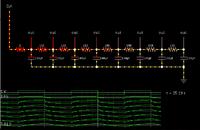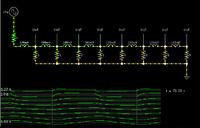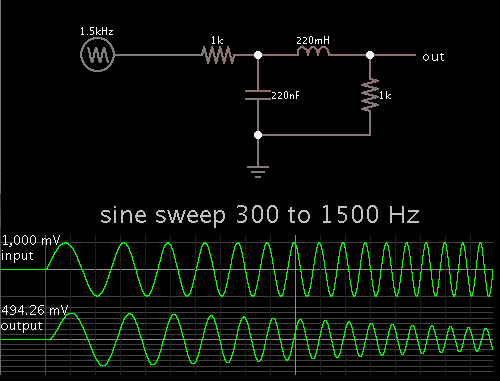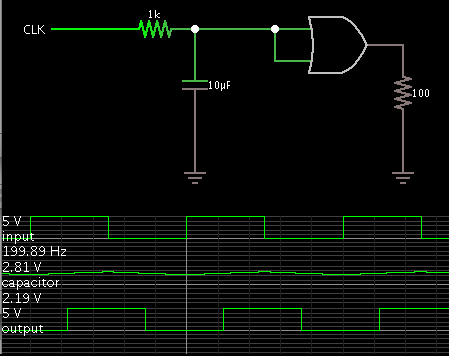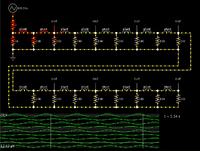yanivdan98
Newbie level 6
hi
how can i implement a very simple circuit that delay analog signal (continuous signal) in X time?
i know that a diginal signal i can delay with D-FF however how can i implement a very simple circuit delay analog signal?
thanks alot
how can i implement a very simple circuit that delay analog signal (continuous signal) in X time?
i know that a diginal signal i can delay with D-FF however how can i implement a very simple circuit delay analog signal?
thanks alot
